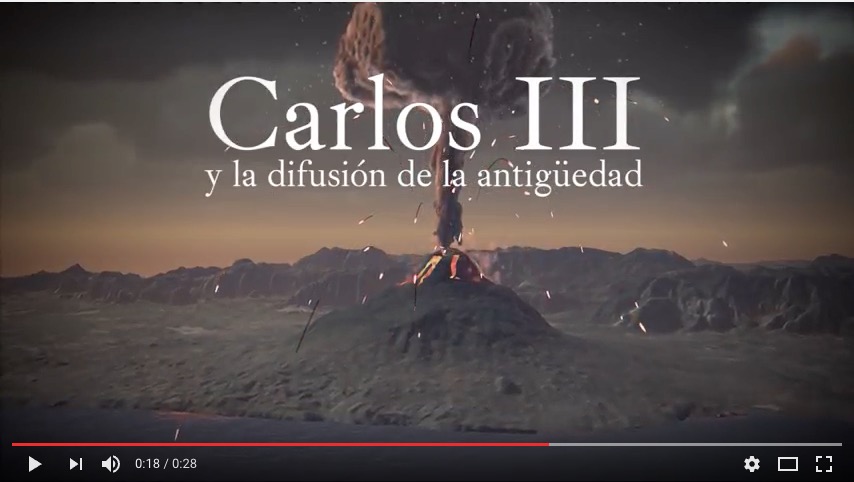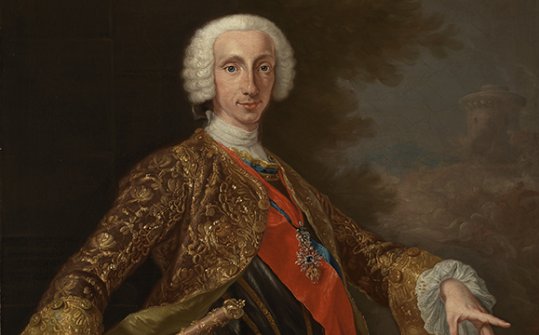The dissemination of the archaeological finds at Herculaneum, Pompeii and Stabiae is explained in three rooms in three different museums in three different countries: Italy, Spain and Mexico. All three rooms are equipped with a similar installation and share the same purpose: to underline the role played by Charles III in making known antiquities in the eighteenth century. These rooms are interconnected in real time by means of live streaming and use virtual reality, augmented reality and 360-degree photos, which make it possible for people visiting one of the museums to fully appreciate the extent of the work carried out three hundred years ago using other means.
Owing to its unique characteristics, the exhibition relies on the technical support of several companies specialised in virtual recreation and 3D images. It employs cutting-edge technology and aims to be the first step towards designing a model for virtual exhibitions that establish interconnections between museums and their collections in different countries.
The main group of antiquities which had been discovered by the time Charles III departed for Spain in 1759 came from the Villa of the Papyri at Herculaneum, though other antiquities had been found at Pompeii and the villas of the former Stabiae. They were initially used to adorn Portici Palace and to establish the Herculaneum Museum there.
NAPLES
The bronzes and paintings of Herculaneum were disseminated under the auspices of the king through Le antichità di Ercolano Esposte, a publication on which excellent eighteenth-century illustrators and engravers worked. The king made gifts of this work to scholars of the period, artists, members of the nobility and European universities that requested it. The copperplates and their prints make up an interesting chapter in the history of archaeological documentation and its role in disseminating new discoveries.
MADRID
Back in Spain, Charles III asked Bernardo Tanucci, Secretary of State of the kingdom of the Two Sicilies, to send him plaster copies of the antiquities he liked so much. These plaster copies were installed in the Buen Retiro Palace until 1776, when, at the request of the instructors at the Royal Academy of the Three Noble Arts, the king agreed to donate them so that they could be used to train architects, sculptors and painters. The collection of casts sent from Naples remains in the academy to this day and is of great historical and documentary interest.
MEXICO
Later, when King Charles III founded the Academy of San Carlos in Mexico, a selection of casts from the Academy of San Fernando in Madrid was sent there in 1780, including copies of the casts from Naples. The busts from the Villa of the Papyri at Herculaneum and a few others from Pompeii and Stabiae thus crossed the Atlantic to be used as models by the students of the Academy of San Carlos.






